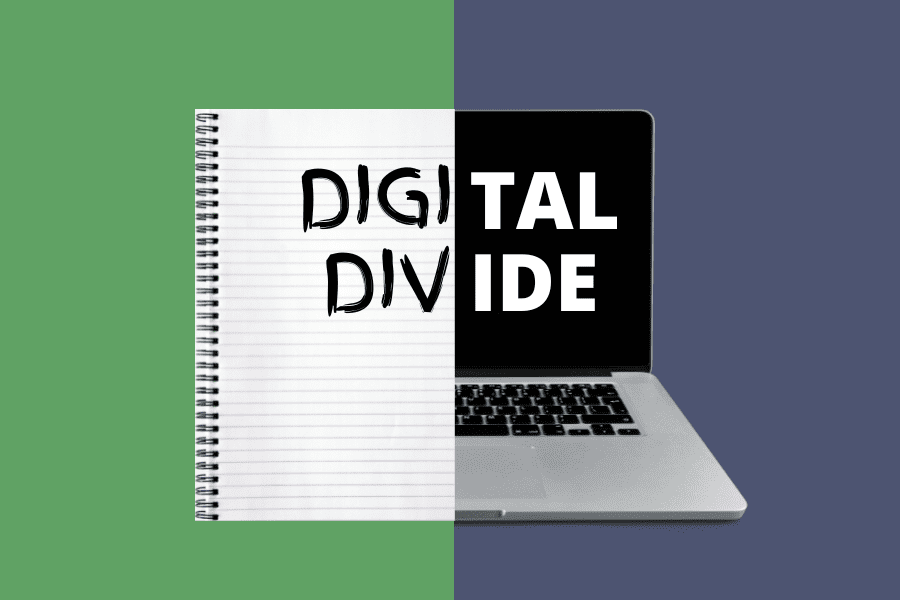The Digital Literacies and Social Determinants of Health framework effectively describes how important and impactful digital literacy and access to it are for our overall well-being. Although all of the elements are essential, I believe economic stability is the most important because it sets the foundation for the others. An individual’s economic stability determines their healthcare coverage, access to community engagement opportunities and food pantries, availability of educational resources, and even their transportation and housing options. This framework effectively illustrates the impact of the digital divide because it explains how each of these elements influences access to digital technology, whether through limited or abundant resources. It helps identify the gaps people face when trying to obtain essential resources or services that are vital to their well-being.
I find it both shocking and interesting that racial disparities still exist in something as fundamental as internet access, especially considering that these issues persist decades after segregation laws were abolished. Unfortunately, this aligns with the theory of social justice, as Black and Latino communities with lower socioeconomic status often experience reduced access to reliable internet connectivity. This lack of access has far-reaching effects, particularly in areas such as education, telehealth, and employment. Many individuals in these communities rely primarily on smartphones rather than computers, which limits their ability to complete certain tasks that require high-speed internet or desktop access.
I believe the most effective strategy to advocate for change in the digital divide is through digital literacy education. Educating individuals about technological advancements and providing them with the tools to access digital platforms can help close this gap. Even as educated and working professionals, we often need training to navigate new systems and platforms, so it is equally, if not more, important to provide that education to the communities we serve. While public awareness campaigns are valuable for long-term change, they may not address the immediate needs of those currently lacking digital literacy. Sharing lived experiences can complement these efforts, but what is most needed are action-oriented strategies.
When addressing mental health, particularly among African American men, I believe it is effective to use the AFFIRM program approach. This program allows individuals to share their experiences in a safe, nonjudgmental space, which is especially important given the stigma surrounding mental health in this demographic. The digital tools used within the AFFIRM program demonstrate how technology can advance equity and inclusion for African American men. However, without equal access to technology, the promise of telehealth remains disproportionate. Bridging the digital divide is essential to ensuring that accessible, high-quality care reaches all communities—not just those with reliable internet access.

You did a great job highlighting how deep economic stability influences digital access and well-being. I especially agree with your point about how racial disparities in internet access reflect broader systemic inequities that persist today. Your emphasis on digital literacy education as an action-oriented solution is really smart as well. Awareness alone isn’t enough without hands-on support and training. I also liked how you connected this to mental health through the AFFIRM program, showing how technology can promote inclusion when access is equitable. Yourpost ties everything together thoughtfully and realistically.
Kiara,
Wow what a great job on this post. I am scrambling to finish reading thtese and get them graded, so I can’t take a lot of time to comment, but this was absolutely stellar!!
Dr P